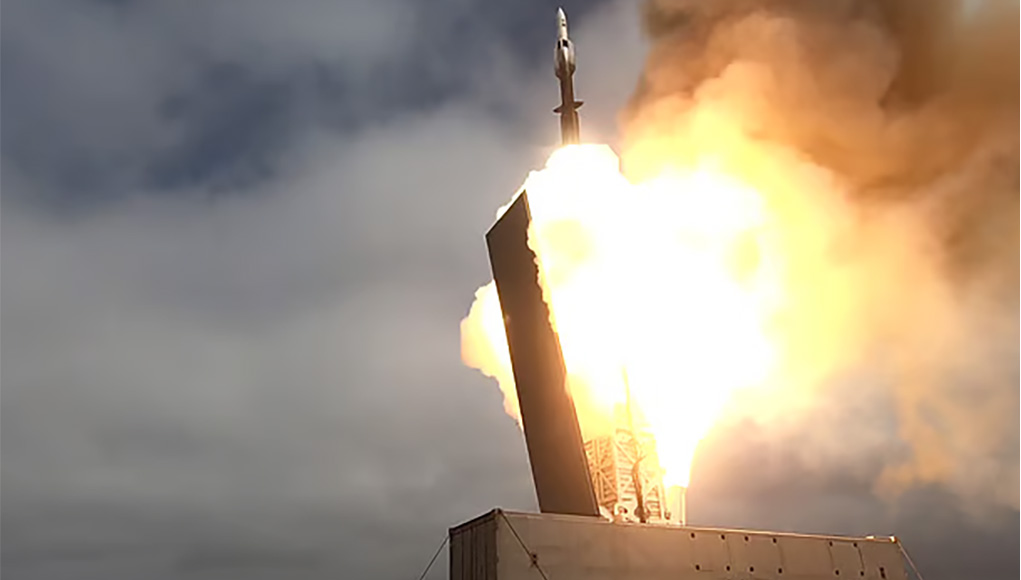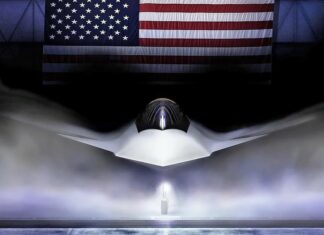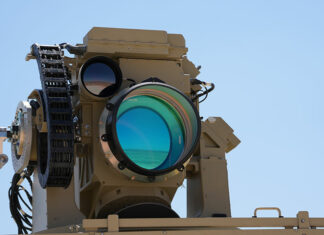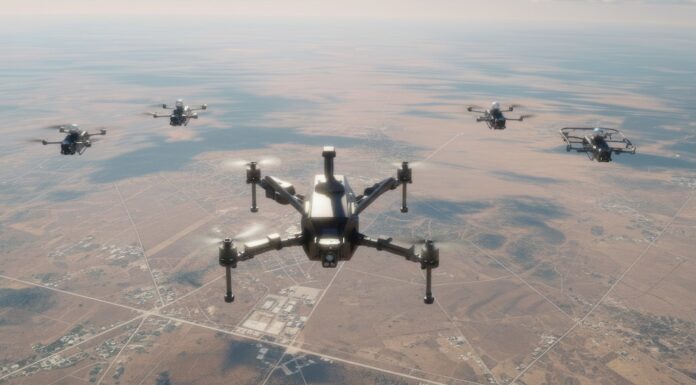The United States navigates a new era of strategic competition in the shifting sands of global power dynamics. The landscape changed dramatically following the nation’s withdrawal from the Intermediate-Range Nuclear Forces (INF) Treaty in 2019, a pact with long-defined missile constraints between the US and Russia. This post-INF world, coupled with the rise of sophisticated Anti-Access/Area Denial (A2/AD) strategies employed by peer competitors like China and Russia, has spurred a concerted American effort to revitalize its theater strike capabilities. The goal is clear: develop and field a new generation of conventional missiles capable of ensuring deterrence and projecting power across vast distances, particularly in the critical Indo-Pacific region.
Army Multi-Domain Effects
The U.S. Army stands at the forefront of this push with its Long-Range Precision Fires (LRPF) initiative, a cornerstone of its broader Multi-Domain Operations (MDO) concept designed to counter and dismantle adversary A2/AD networks. Recognizing the need for speed, the Army adopted a rapid fielding approach with the Typhon system, officially known as the Mid-Range Capability (MRC) or Strategic Mid-Range Fires (SMRF). Instead of designing a weapon from scratch, Typhon cleverly adapts proven U.S. Navy missiles – the versatile SM-6 and the long-range Tomahawk Land Attack Cruise Missile (TLAM) – for ground launch. Housed within a mobile battery consisting of four launchers, a command center, and support vehicles, Typhon fills a crucial gap, offering strike ranges between the Army’s shorter-range Precision Strike Missile (PrSM) and its developmental Long-Range Hypersonic Weapon (LRHW).
The strategic significance of Typhon was dramatically underscored in April 2024, when a battery was deployed over 8,000 miles via a C-17 aircraft from Joint Base Lewis-McChord (JBLM) in Washington state to Northern Luzon in the Philippines for Exercise Salaknib 24. This marked the system’s first operational overseas deployment, aimed at enhancing Philippine maritime defense and interoperability with its allies. The move, however, immediately drew sharp criticism from China and Russia, who labeled it a destabilizing provocation fueling a regional arms race. Despite the political fallout, the deployment signaled a tangible US commitment to presence and deterrence in the contested Indo-Pacific. The Army is activating more Typhon batteries, with plans for future deployments, including one to Germany in Fiscal Year 2026.
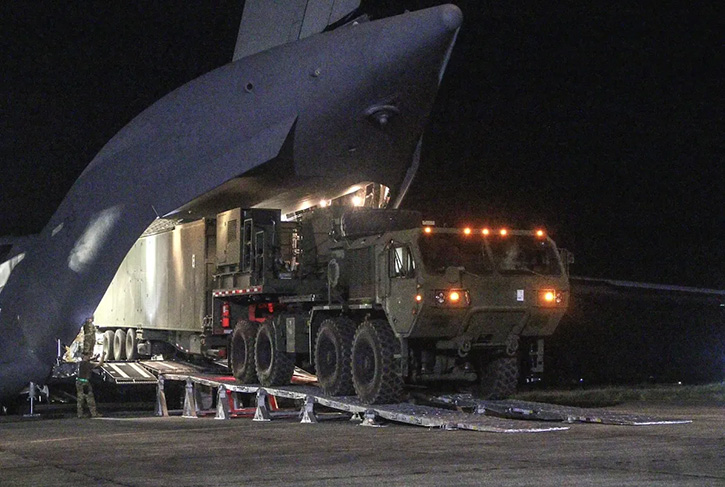
While Typhon offers a near-term solution, the Army is also pursuing longer-range capabilities through the Precision Strike Missile (PrSM) program. Designed as the successor to the aging Army Tactical Missile System (ATACMS), the baseline PrSM Increment 1, now entering service, already pushes beyond the old 500 km INF limit. Fired from existing HIMARS and MLRS launchers, PrSM offers double the missile capacity per launch pod compared to ATACMS. Future increments promise even greater reach and versatility: Increment 2 adds an anti-ship seeker; Increment 4 aims for ranges exceeding 1,000 km; and Increment 5 pushes further into MRBM territory. This incremental approach allows the Army to enhance its capabilities while leveraging existing infrastructure steadily. Congressional interest is also high, with recent proposals earmarking significant funding to accelerate MRBM development, potentially including entirely new designs beyond the PrSM family, which may offer greater performance at the cost of requiring new launchers.
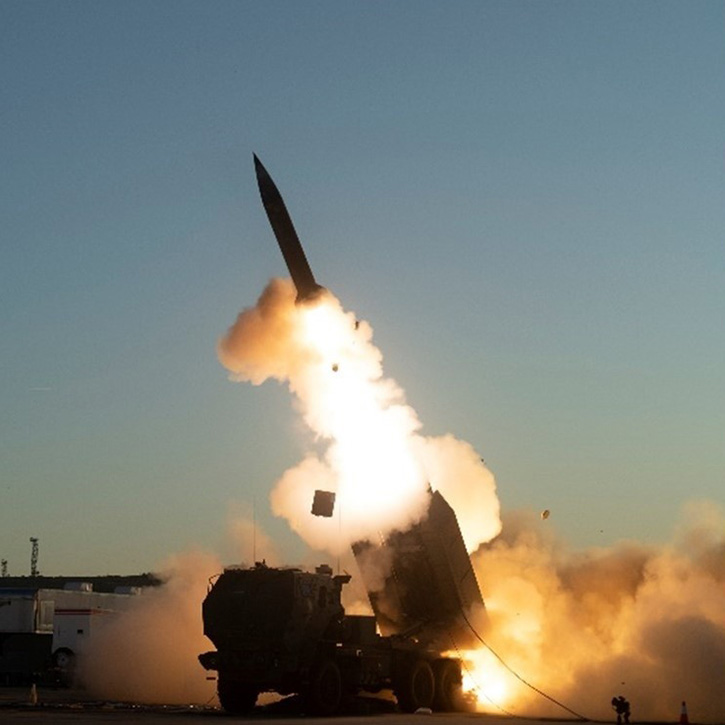
At the cutting edge of the Army’s LRPF portfolio is the Long-Range Hypersonic Weapon (LRHW), officially christened “Dark Eagle” in April 2025. This system uses the Common Hypersonic Glide Body (CHGB), a joint development with the Navy, which is launched by a ground-based booster. Traveling at speeds greater than Mach 5 and possessing significant maneuverability over its roughly 2,775 km range, Dark Eagle is designed to penetrate the most sophisticated defenses to strike high-value, time-sensitive targets. The name itself reflects its intended role: “Dark,” signifying its ability to “disintegrate adversary capabilities,” and “Eagle,” representing its speed, stealth, and precision. Despite successful flight tests in 2024 and early 2025, the program faced earlier integration challenges, pushing its initial fielding to the end of Fiscal Year 2025.
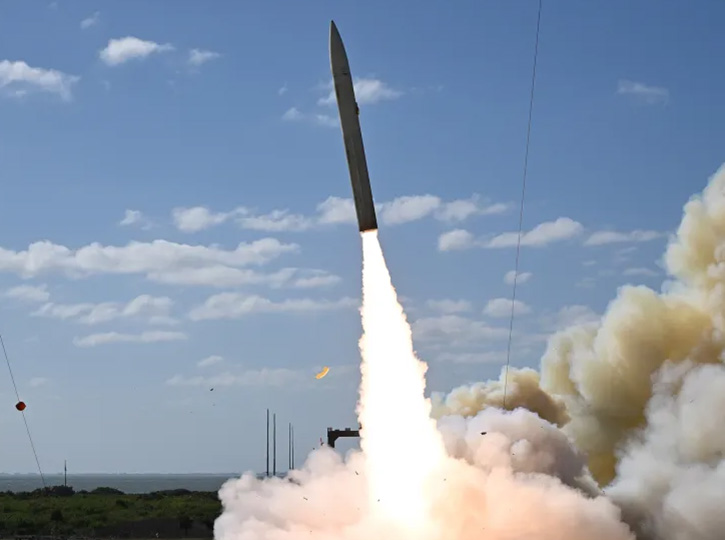
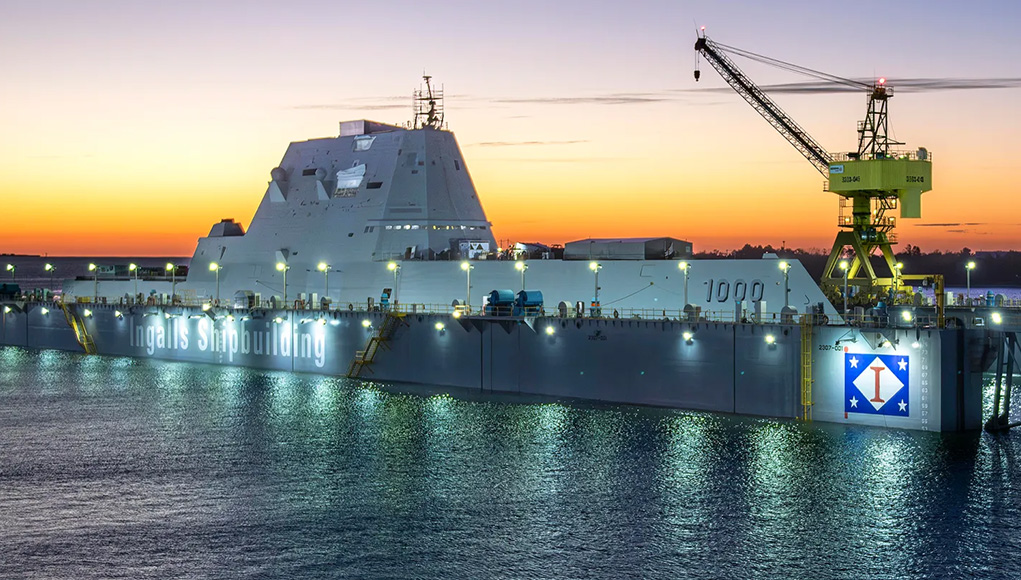
Naval Conventional Prompt Strike
The Navy, meanwhile, is pursuing its hypersonic ambitions through the Conventional Prompt Strike (CPS) program, which shares the C-HGB payload with the Army’s Dark Eagle. The Navy’s vision involves deploying this capability from the sea. The three Zumwalt-class destroyers are undergoing significant modifications, replacing their costly and ammunition-starved 155mm Advanced Gun Systems with four large-diameter tubes, each capable of holding three CPS missiles, for a total of 12 per ship. USS Zumwalt (DDG-1000) completed its tube installation in late 2024, with sea testing anticipated around 2027-2028. The long-term plan, however, focuses on integrating CPS into future Block V Virginia-class attack submarines equipped with the Virginia Payload Module (VPM), providing a stealthy, submerged launch capability, with an initial operational capability targeted for around FY2028 or FY2029.
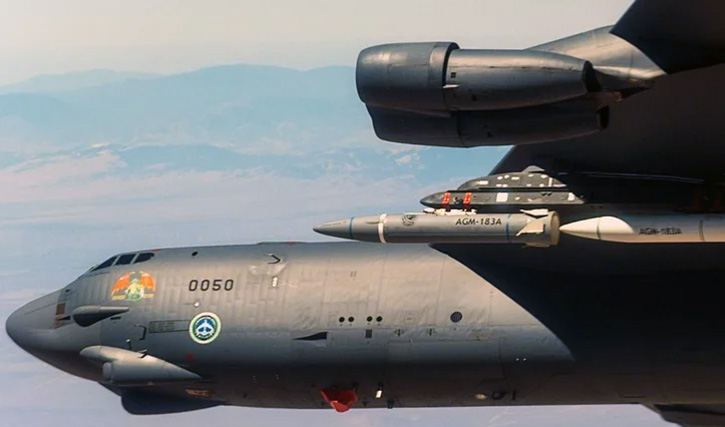
Air Forces’ Hypersonic Attack Cruise Missile
The Air Force is also in the hypersonic race, though its path has seen adjustments. After canceling the AGM-183A Air-Launched Rapid Response Weapon (ARRW) boost-glide program due to testing difficulties, the service is now prioritizing the Hypersonic Attack Cruise Missile (HACM). HACM is an air-breathing system using scramjet technology, aiming for operational capability around 2027 to provide air-launched standoff strikes against defended targets. Looking further ahead, the Air Force is exploring reusable hypersonic platforms for future intelligence, surveillance, and reconnaissance (ISR) and strike missions.
These diverse Army, Navy, and Air Force programs are not developing in isolation. They are designed to integrate into broader US military concepts, such as MDO, and are executed by specialized units, like the Army’s Multi-Domain Task Forces (MDTFs). These MDTFs, equipped with systems like Typhon and Dark Eagle, are intended to provide theater commanders with integrated capabilities across domains. New Theater Fires Commands are also planned to coordinate these long-range assets effectively.
While pursuing these offensive capabilities, the US is acutely aware of the need for defense against similar threats. Significant investment is flowing into the development of countermeasures, particularly a layered space-based sensor network featuring the Hypersonic and Ballistic Tracking Space Sensor (HBTSS) to provide early warning and tracking data, as well as dedicated interceptors like the Glide Phase Interceptor (GPI), designed to engage maneuvering hypersonic threats.
In essence, the United States is undertaking a comprehensive, multi-service effort to adapt its long-range strike and missile defense posture. By blending the rapid fielding of modified existing systems with the ambitious development of next-generation hypersonic weapons, the US seeks to maintain a credible deterrent and ensure its forces can operate effectively in the increasingly complex and contested security environment of the 21st century.

